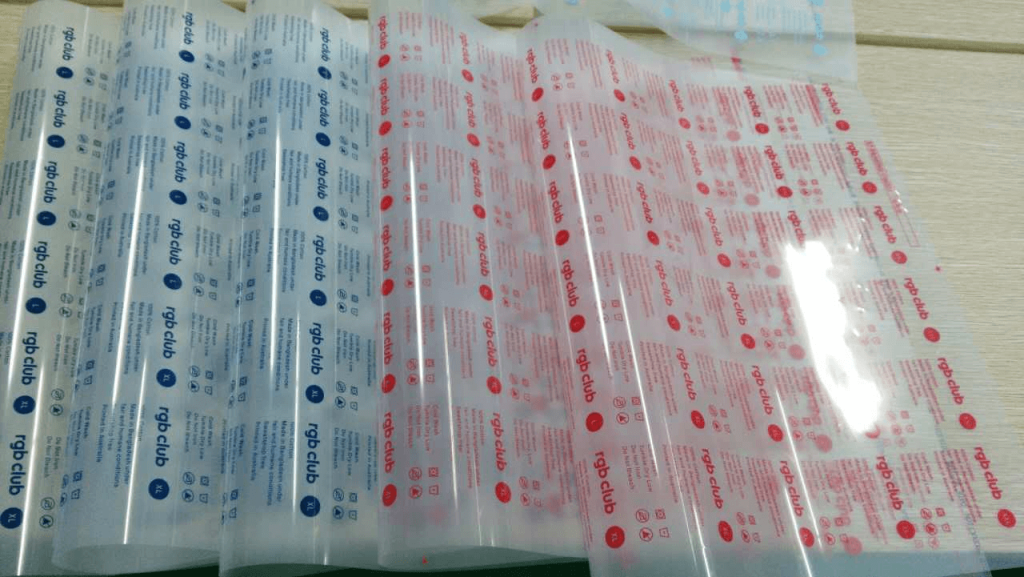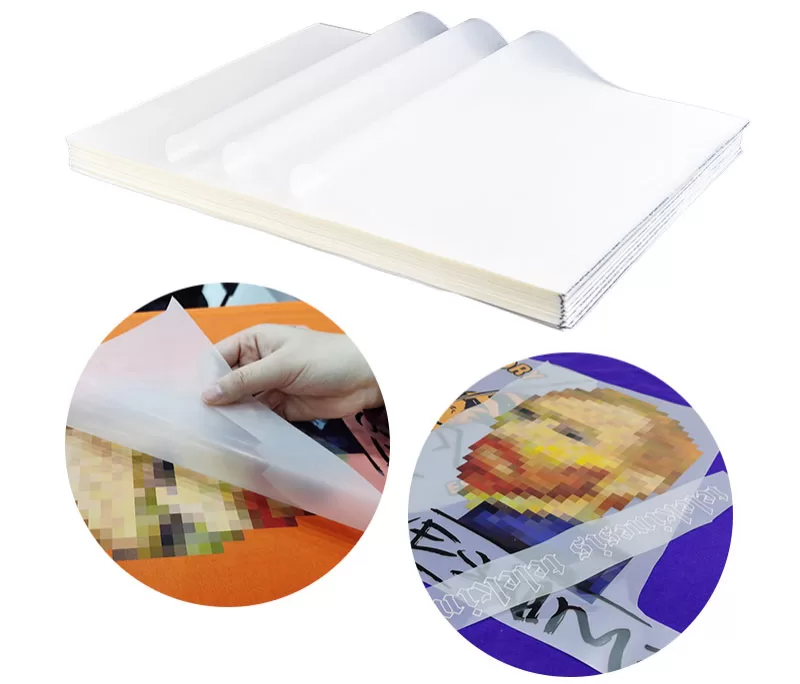On the market, the DTF printing sticker may fall off for the following reasons:
1.The temperature is not high enough or the time is not long enough: when heat transfer, a certain temperature and time are needed to make the pattern fit with the clothes. If the temperature is not high enough or the time is not long enough, the heat-sensitive adhesive method is completely bonded to the clothes, resulting in the pattern falling off.
2.Not properly heated on the clothes: When ironing, pay attention to correctly placing the pattern on the clothes, and press it firmly to ensure that the pattern paste is firmly stuck on the clothes.
3.DTF film is not good: the bottom material is an important part of the bearing pattern of thermal adhesive in the process of ironing. If the bottom material is not good or the quality is not good, then the pattern will have problems in the process of fitting, resulting in falling off.
4.Improper washing conditions: Hot stamping should be carried out at least 24 hours before washing, and should not be cleaned with strong stain remover or bleach. Do not use too much hot water or put it in the dryer, which will cause the pattern to fall off.
The above are some reasons that cause the DTF sticker to fall off, refer to the above content to solve.

The following factors need to be considered when choosing DTF powder:
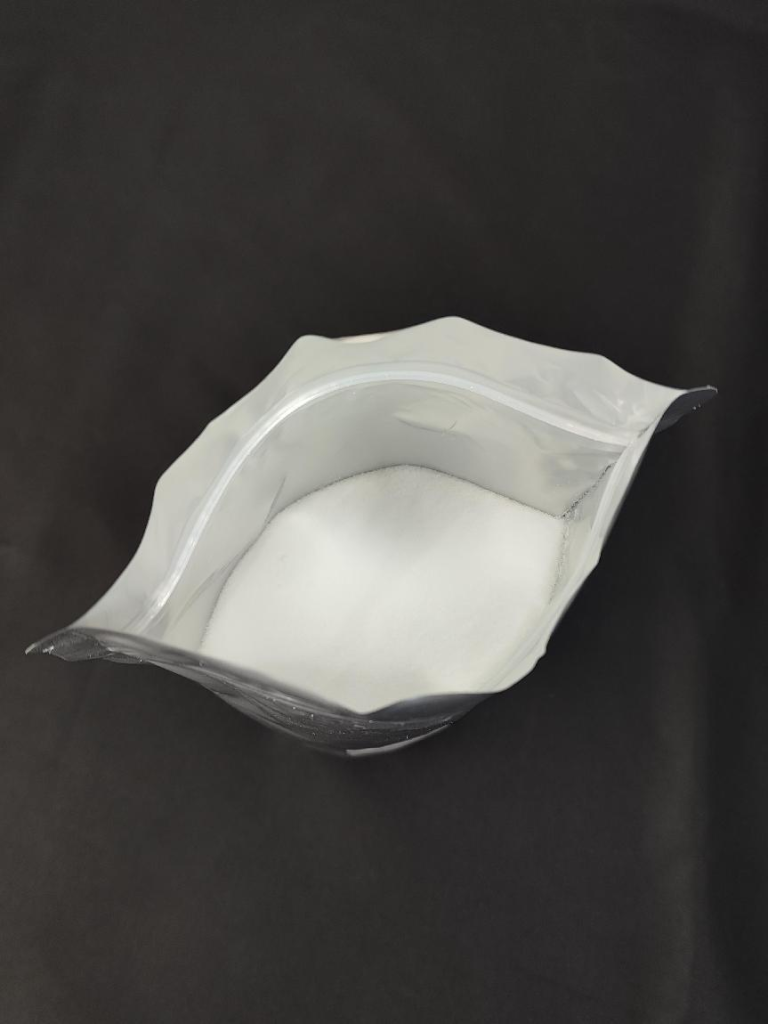
2.Strong adhesion: Different hot melt powder adhesion strength is different, some can be reused, suitable for the need for several cold peeling occasions, some are suitable for one-time adhesion and strong viscosity occasions. Hot melt powder should be selected according to specific fit requirements.
3.Temperature needs: hot melt powder has different melting point temperatures, which should be according to the temperature range of the heat machine to choose the corresponding hot melt powder, to ensure the smooth transfer of hot stamping and other processes.
In addition to these factors, but also according to personal preferences and needs to choose different hot melt powder quality, brand and other related factors.
It should be noted that, in order to ensure the effectiveness and quality of white film printing hot melt powder, well-known brands and regular channels should be selected to buy and follow the manufacturer's instructions for use, in order to avoid unnecessary quality problems. Need to test Kenteer DTF hot melt powder we send samples free of charge, welcome to consult.

What are the matters needing attention when DTF printing processing?
DTF printing is a process in which a pattern is printed onto dtf film and then transferred to fabric. The following is the need to pay attention to the DTF printing processing:
1. Choose the suitable hot melt powder: choose the hot melt powder suitable for your fabric, needs, thickness, etc.
2. Set the appropriate temperature: the melting point temperature of hot melt powder is different, so it needs to be adjusted according to the actual situation. Too high a temperature will cause the fabric to deform, while too low a temperature may cause the pattern to fail to transfer completely.
3. Set the right pressure: The pressure of the ironing machine also needs to be adjusted according to the actual situation. Too high a pressure will cause the hot melt powder to escape, too low a pressure will cause the pattern to fail to transfer completely.
4.Adjust tearing speed: Different tearing speeds will also affect the transfer effect of hot melt powder.
5.Preheat in advance: In order to ensure that the hot melt powder and the fabric can be fully bonded, the fabric needs to be preheated in advance to avoid the hot melt powder after bonding is too weak and can not fit well on the fabric.
6.Fully drying: After the heat transfer printing, the fabric needs to be placed for a period of time to dry, avoid premature stacking or folding, and avoid sticky and damaged hot surfaces.
7.Pay attention to keeping clean: In order to ensure the quality and durability of the thermal transfer printing pattern, it should be stored in a dry, dust-free environment, and avoid long-term exposure to the sun, avoid the reverse side of the clothes stuck to dust, sand and other sundries, which will affect the thermal transfer effect.



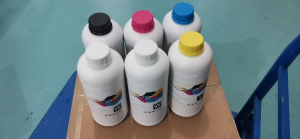

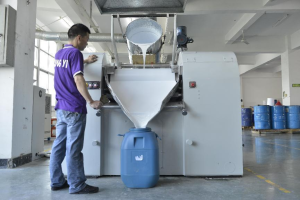
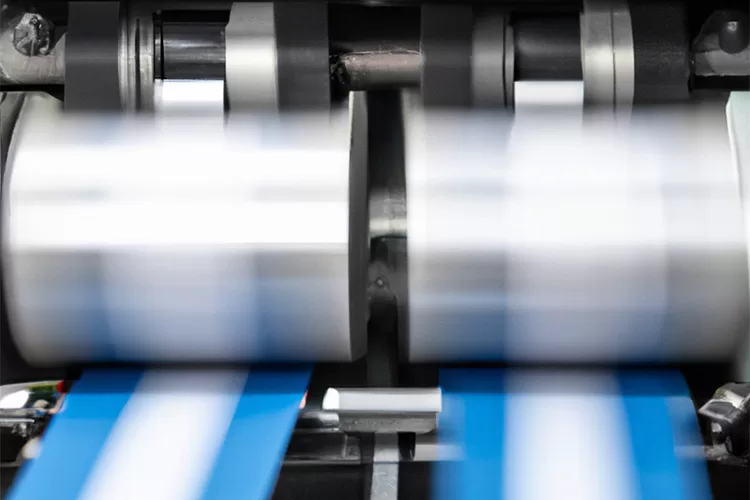
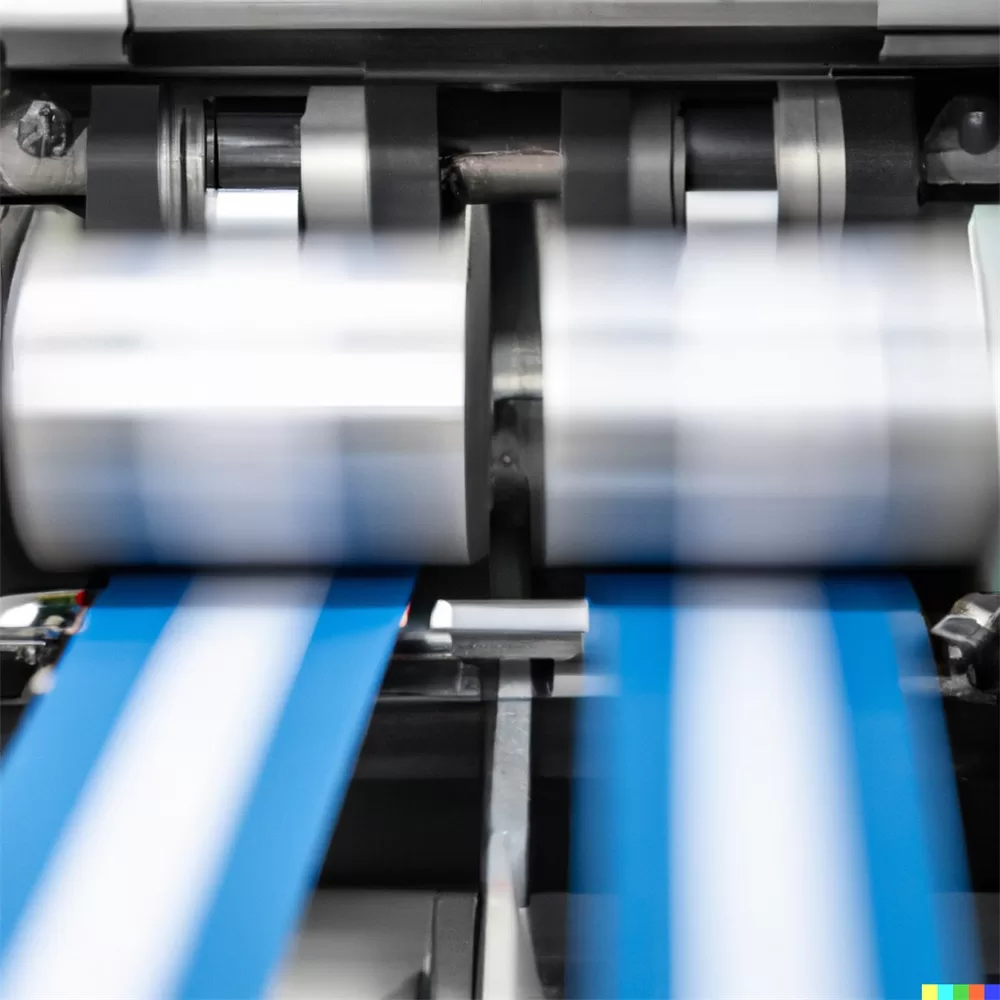

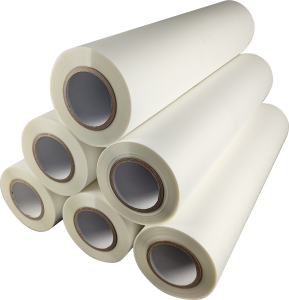


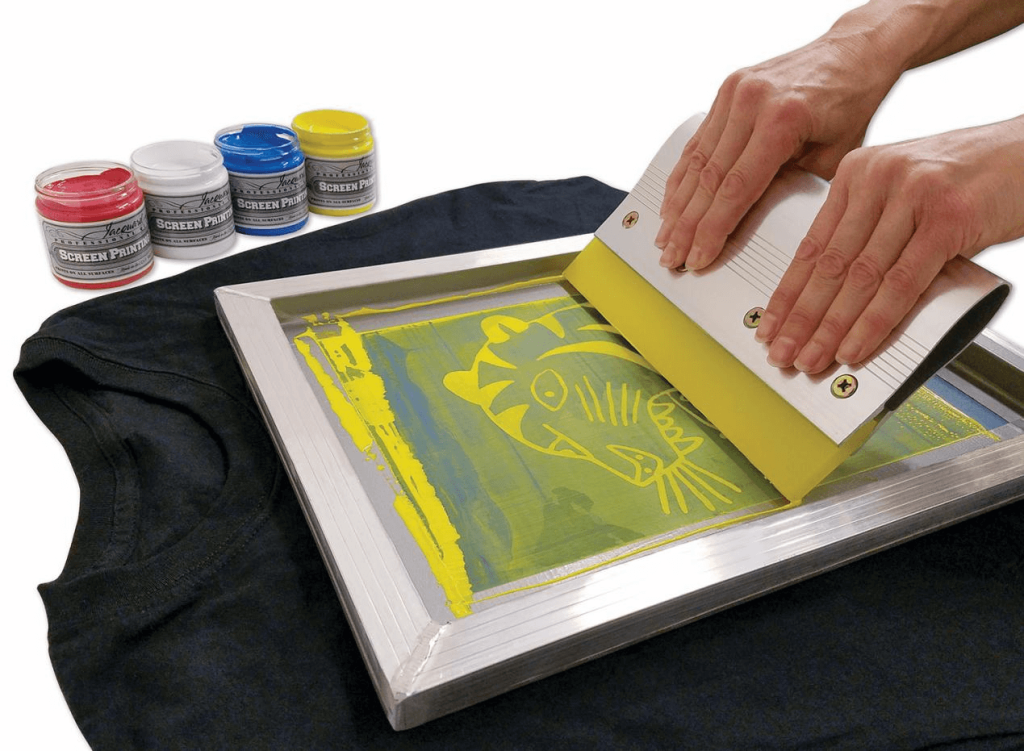
 Besides we produce different types of screen printing based on different chemicals and printing processes. Different types meet customers’ additional requirements and other fabrics include
Besides we produce different types of screen printing based on different chemicals and printing processes. Different types meet customers’ additional requirements and other fabrics include  Different types are printed with different chemicals, taking elastic effect heat transfer sticker as an example,First, elastic
Different types are printed with different chemicals, taking elastic effect heat transfer sticker as an example,First, elastic 


